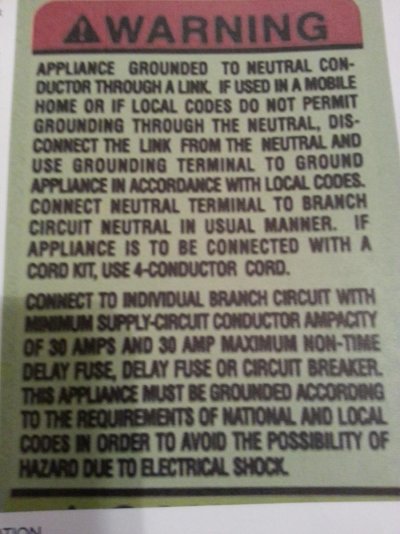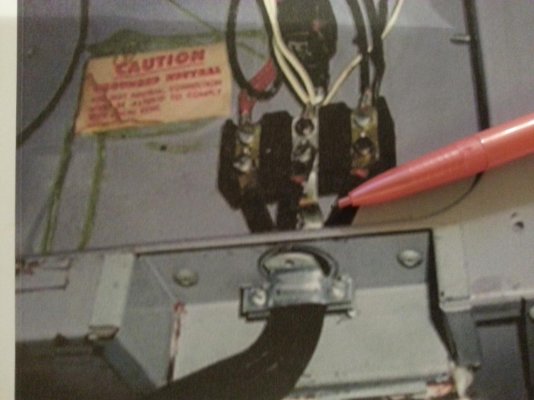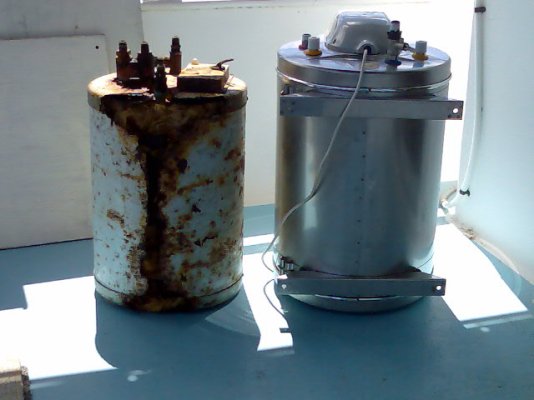Capt Kangeroo
Senior Member
My 8yr old grossly over priced 20 gallon Raritan hot water heater is leaking. To replace it is a ridiculous $800 for what appears to be a low end unit of questionable quality. Mine is a measely 1200 watt and doesn't even have a drain or engine connections. I'm thinking of replacing it with a non-marine Whirlpool unit from Lowes for $299. It is 1500 watt and has a drain as well as`side and top connections.
Has anyone tried a non-marine unit or know of any reason not to? I figure even if I have to replace it every 6 to 8 years I'm still ahead of the game.
Has anyone tried a non-marine unit or know of any reason not to? I figure even if I have to replace it every 6 to 8 years I'm still ahead of the game.



